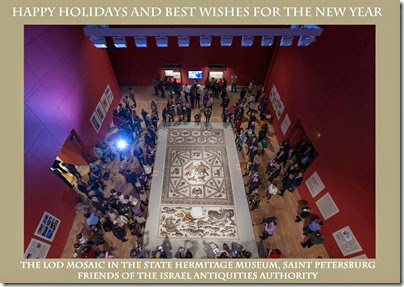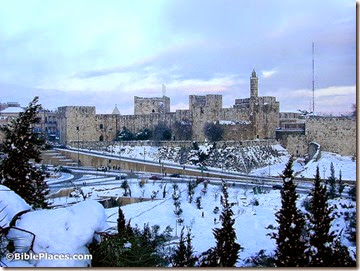The Bible Lands Museum Jerusalem is hosting a special exhibition entitled By the Rivers of Babylon beginning next month. An international conference on Jerusalem in Babylonia will be held on February 2-3.
Now online: the Fall 2014 issue of DigSight, published by Southern Adventist University’s Institute of Archaeology.
See the Holy Land has published new articles on Kathisma and the Church of St Alexander Nevsky (the Russian excavations), and an updated article on Magdala.
Free video lecture online: Doctors, Diseases and Deities: Epidemic Crises and Medicine in Ancient Rome, by Sarah Yeomans of the Biblical Archaeology Society.
Matthew Karsten hiked portions of the Israel National Trail and has some spectacular photos to show for it.
Aren Maeir will be giving a lecture on the latest work at Gath at the Albright Institute on January 15.
Registration for MEMRA’s ancient language courses ends soon.
G. M. Grena shares some personal thoughts and more from his time at the ASOR 2014 conference.
The British Museum explains why it was so pleased to be involved in the latest Night at the Museum movie.
The new Exodus movie is “an unimaginative, mind-numbing bore,” according to Michael Heiser.
Egypt has banned the movie “Exodus: Gods and Kings” for being historically inaccurate.
ISIS is threatening to blow up the walls of ancient Nineveh.
Vassilios Tzaferis has died in Athens. Among Tzaferis’s excavations was the tomb of the crucified
man.
HT: Agade, Exploring Bible Lands


